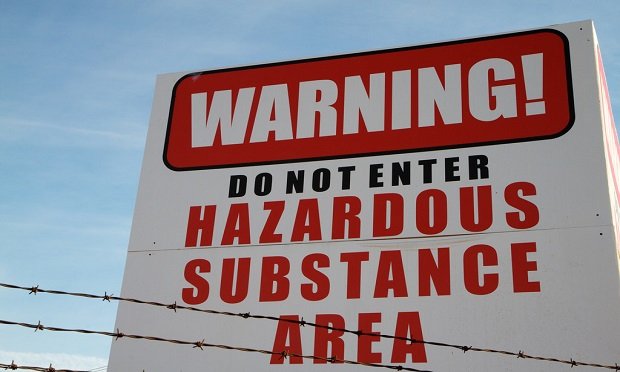 The cleanup and liability issues linked to per- and polyfluoroalkyl substances ("PFAS") could become 'the next asbestos' in terms of claims and costs. (ALM Media archives)
The cleanup and liability issues linked to per- and polyfluoroalkyl substances ("PFAS") could become 'the next asbestos' in terms of claims and costs. (ALM Media archives)
Throughout the insurance industry, the nation and even world, the health risks and liabilities surrounding per- and polyfluoroalkyl substances ("PFAS") are rising at a fever pitch.
In use since the 1940s, PFAS consists of approximately 4,000 separate chemicals and compounds. They've been widely used in such products as non-stick cookware (Teflon), floor wax, fabrics, coatings, firefighting foams, soap, architectural resins, cosmetics, sandwich wrappers and a vast number of consumer products.
Recommended For You
Want to continue reading?
Become a Free PropertyCasualty360 Digital Reader
Your access to unlimited PropertyCasualty360 content isn’t changing.
Once you are an ALM digital member, you’ll receive:
- Breaking insurance news and analysis, on-site and via our newsletters and custom alerts
- Weekly Insurance Speak podcast featuring exclusive interviews with industry leaders
- Educational webcasts, white papers, and ebooks from industry thought leaders
- Critical converage of the employee benefits and financial advisory markets on our other ALM sites, BenefitsPRO and ThinkAdvisor
Already have an account? Sign In Now
© 2025 ALM Global, LLC, All Rights Reserved. Request academic re-use from www.copyright.com. All other uses, submit a request to [email protected]. For more information visit Asset & Logo Licensing.








